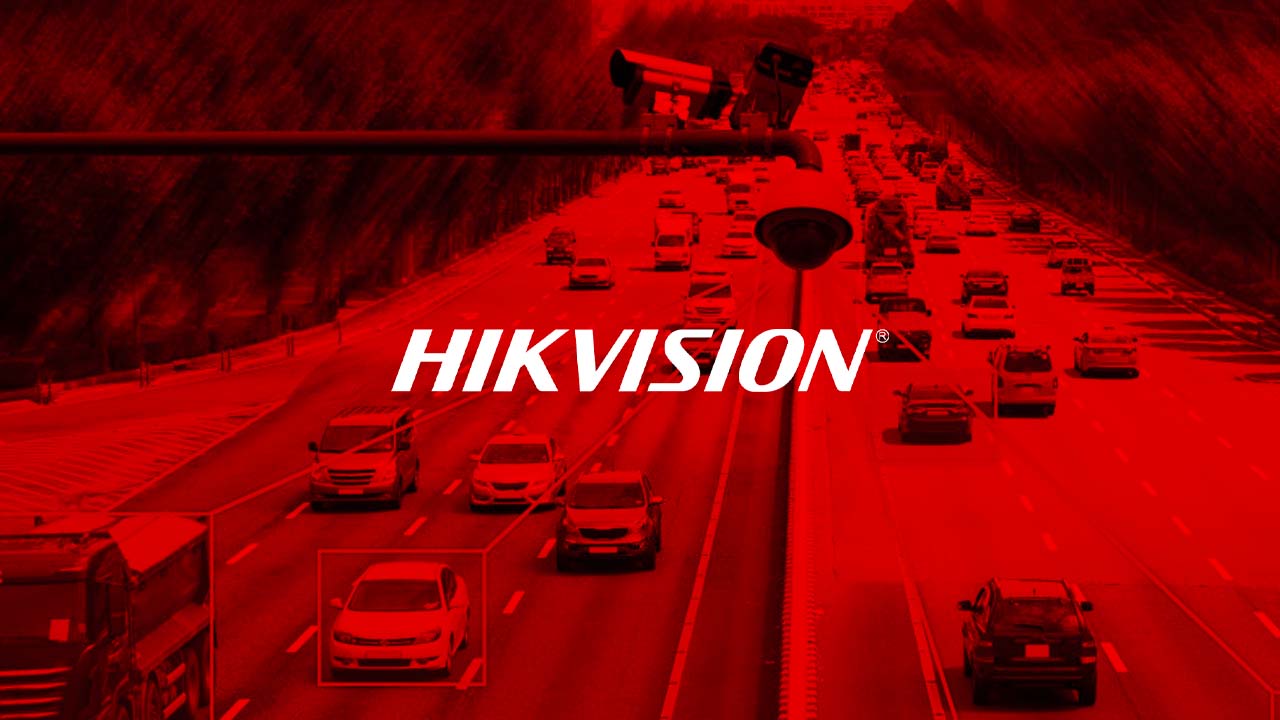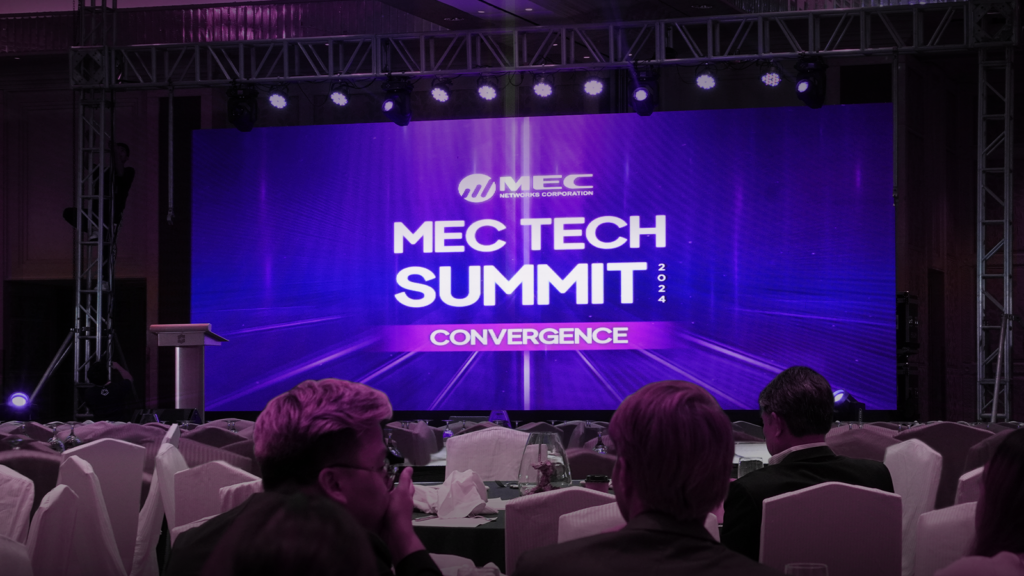The security industry keeps shifting, adapting, and growing despite the circumstances around us. Beyond conventional “physical security,” an abundance of frontiers like AI, cloud computing, IoT, and cybersecurity are being quickly pioneered by organizations big and small in our industry.
The security industry is in a phase of redefining itself. It is advancing from mere security and safety protections to include a broader spectrum of activity that will boost safety while also obtaining new levels of intelligence and sustainability for communities, institutions, and societies.
Below, Hikvision shares some ideas and expectations about the key trends that will likely affect the security industry in 2022 and perhaps even further into the future.
1. AI will be everywhere
Nowadays, Artificial Intelligence is quite a familiar term in the security industry. More customers in the industry have realized the significance of AI, and have found unique uses for AI applications in diverse scenarios. Along with ANPR, automated event alerts, and false alarm reduction, AI technologies are being utilized for broader applications, like personal protective equipment (PPE) detection, fall detection for the elderly, mine surface detection, and much more. On the other hand, we have also seen more partnerships across the industry, with security manufacturers opening their hardware products to third-party AI applications, and launching open platforms for customers to design and train their own AI algorithms to meet their particular needs.
AI has been one of the elemental technologies to reshape the security industry. Profiting from the optimization of algorithms, as well as the improved computing performance and the reduced cost of chips due to the refinement of semiconductor technology in recent years. AI applications are gradually transforming the primary functions and capabilities accepted by all sectors in the industry.
2. AIoT will digitize and permeate industry verticals
With more security cameras and other security devices being linked to the network, the security industry is becoming a vital part of an IoT world, enhancing its visual capacities. The borders of the security industry are blurring, moving well beyond the physical security field.
The blend of AI and IoT, or as we call it, AIoT, is taking the security enterprise to an advanced plain, automating the workflows and processes of businesses and assisting in the digital conversion of different industry verticals like as energy, logistics, manufacturing, retail, education, healthcare, etc.
AIoT brings further possibilities to the industry with expanding applications for security devices and systems. Meanwhile, more perception capabilities like radar, Lidar, temperature measuring, humidity sensing, and gas leak detection are being added to security devices and systems to make them more powerful.
3. Converged systems will eliminate data silos
Employees throughout private establishments and public service sectors likewise would leap at the opportunity to get unburden themselves of obstructive “data silos.” Data and information scattered and cut off in different systems or groups creates walls to information sharing and collaboration, staving off administrators from gaining a holistic view of their operations.
The convergence of multiple information systems has proved to be a productive approach – hopefully enough to lead to an end to those silos. The trend in the security industry has been to make endeavors connect systems wherever possible, including video, access control, fire detection, alarm systems, and emergency operations. Further, additional non-security systems, like human resources, finance, inventory, and logistics systems are also focusing on unified operation platforms to increase collaboration and to support operation in better decision-making.
4. Biometric access control will usher in cutting-edge security and efficiency
In the previous decades, authorized access control has moved a long way down from keys, pin codes, and ID cards. We now see ourselves stepping into the height of biometrics. Access control demands are hastily getting immersed with biometric authentications, from fingerprint and palmprint recognition to facial recognition.
Biometric access controls bring advantages like advanced security and efficiency with less counterfeiting. They authenticate within seconds – or fragments of seconds – and prevent needless physical contact. Iris, palmprint, and facial recognition offer touchless access control, a sanitary practice more and more favored nowadays.
5. The Zero Trust approach will get the cybersecurity spotlight
With additional security devices connecting over the Internet than anyone ever envisioned, cybersecurity has become an immense challenge in the industry. Stricter data security and privacy protection policies have recently been presented in the world’s crucial markets, like the EU’s GDPR and the Data Security Law in China, placing greater demands on cybersecurity. And in 2021, several climactic ransomware attacks on an assortment of businesses induced us in no uncertain terms that organizations in every industry must support their network security infrastructure and fortify their online defenses.
So how do we contend with the increasing cybersecurity concerns? Though the concept developed in 2010, the term “Zero Trust” has become a popular word just in recent years. A strategic drive that evolved to avert data breaches by shutting out the concept of trust from an institute’s network infrastructure, Zero Trust is embedded in a philosophy of” never trust, always authenticate.”The concept has been dynamically accepted within the IT industry and it’s now also slowly but steadily shifting into the physical security realm, as it gradationally becomes a significant part of the IoT world.





